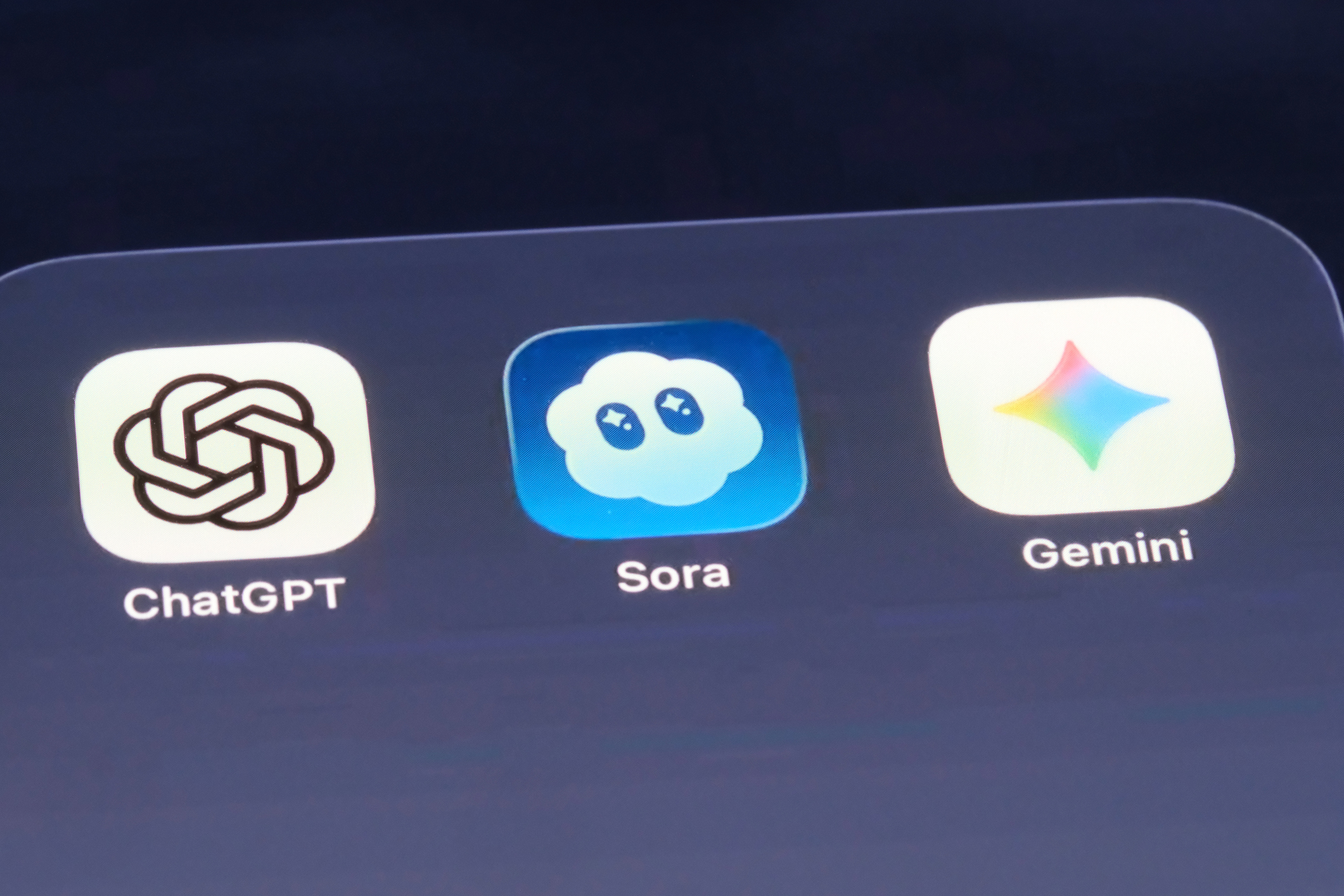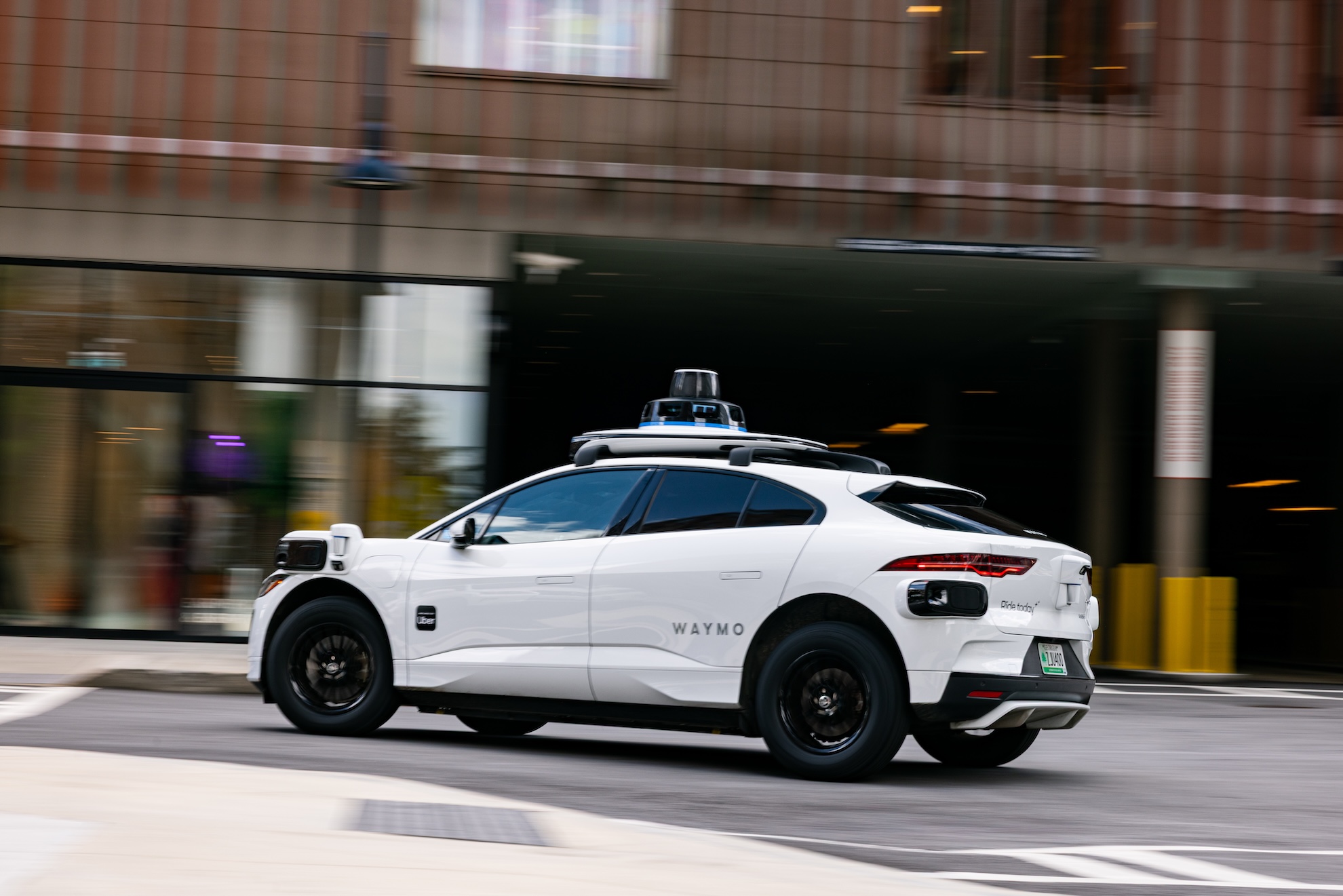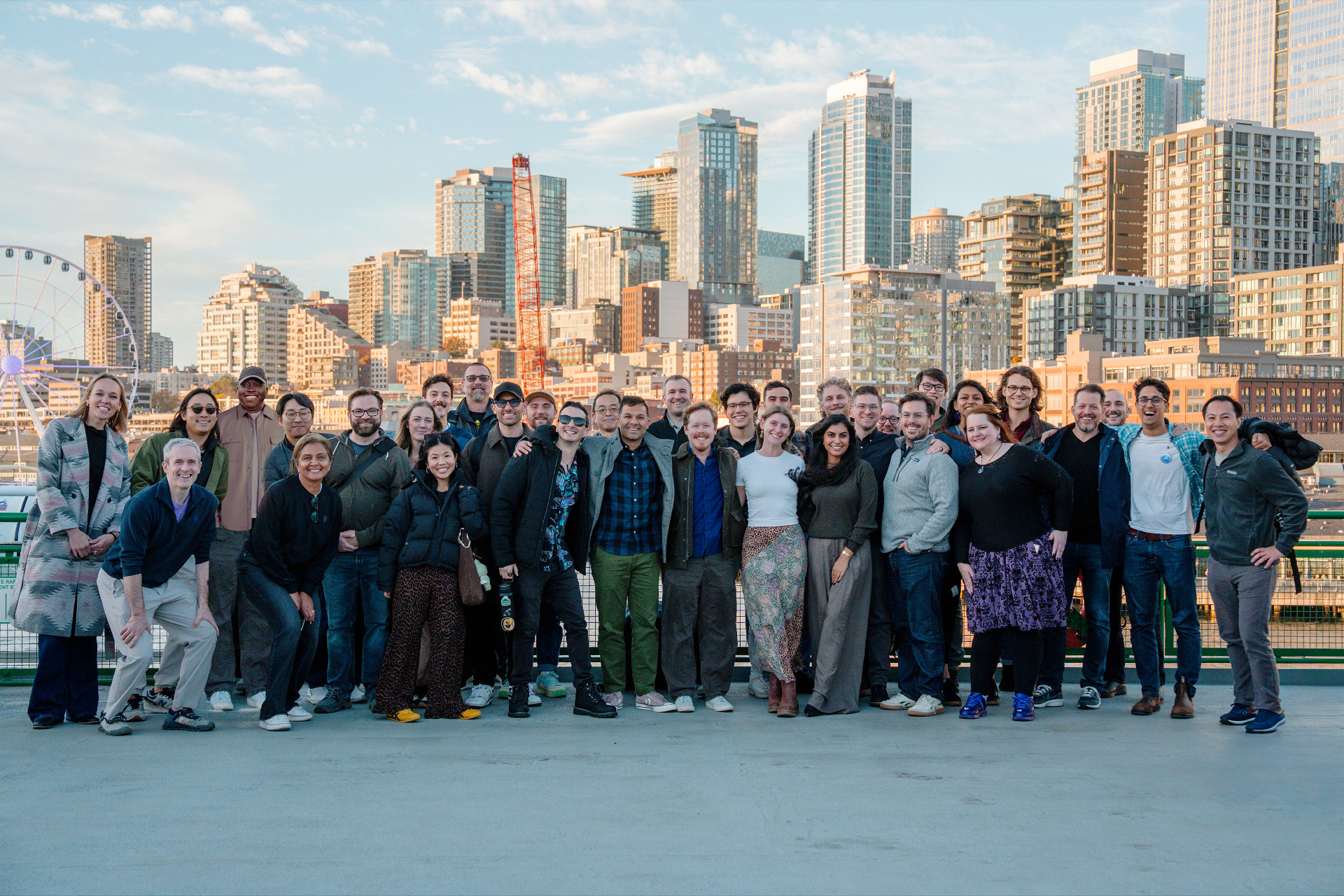
OpenAI, the vanguard in artificial intelligence research and deployment, has significantly broadened the accessibility of its groundbreaking text-to-video generator, Sora, by launching a dedicated application for Android users. This strategic expansion now brings the powerful AI tool to a vast new audience across the United States, Canada, Japan, Korea, Taiwan, Thailand, and Vietnam, marking a pivotal moment in the evolution of digital content creation and the broader landscape of short-form video platforms. The move signifies OpenAI’s ambition to not only lead in AI innovation but also to become a formidable player in consumer-facing applications, directly challenging established social media giants.
A New Frontier in Content Creation
Sora represents a significant leap forward in generative artificial intelligence, building upon the foundations laid by earlier AI models focused on text and images. Before Sora, OpenAI garnered global recognition with ChatGPT, its large language model, which revolutionized text generation and interaction, and DALL-E, its image generation tool that transformed digital art. Sora takes this generative capability into the realm of video, allowing users to create complex, coherent, and realistic video clips from simple text prompts. This technology democratizes video production, enabling individuals without extensive technical skills or access to sophisticated equipment to produce high-quality visual narratives. The underlying technology processes natural language commands, translating them into dynamic visual sequences, complete with consistent characters, detailed scenes, and complex camera motions.
The broader context for Sora’s emergence is the rapid acceleration of generative AI technologies since the early 2020s. What began with impressive but often rudimentary AI-generated images and short text snippets has quickly evolved into sophisticated multimodal systems capable of generating highly nuanced content. Sora’s arrival on a major mobile operating system like Android underscores the industry’s shift from purely research-oriented AI projects to robust, consumer-ready applications designed for everyday use. This transition has profound implications for industries ranging from entertainment and marketing to education and personal expression, promising to reshape how content is created, consumed, and monetized.
Rapid Ascent and Strategic Expansion
Sora’s journey to the Android ecosystem follows a remarkably swift and impactful debut. The application first made its appearance on iOS in September 2025, where it immediately captured widespread attention and user adoption. Within a mere week of its initial launch, the iOS version of Sora ascended to the pinnacle of the App Store charts, accumulating over one million downloads. This rapid ascent highlighted the immense public appetite for accessible, powerful AI-driven creative tools and underscored the effectiveness of OpenAI’s user-friendly interface design. The "Cameos" feature, which permits users to generate videos featuring themselves performing various activities using their own likeness, proved particularly popular, adding a personalized dimension to AI-generated content.
The decision to extend Sora’s availability to the Google Play Store for Android users is a calculated strategic maneuver. Android, with its vast global market share, particularly in emerging economies, offers an even larger potential user base than iOS. This expansion is not merely about increasing download numbers; it is about establishing Sora as a ubiquitous tool for digital content creation. By reaching a broader demographic, OpenAI aims to foster a diverse community of creators, driving innovation in how AI video is utilized. The Android version faithfully replicates all functionalities present in its iOS counterpart, ensuring a consistent and robust user experience across platforms. This broad accessibility is critical for OpenAI’s long-term vision of embedding AI tools into the fabric of everyday digital life, further cementing its position as a leader in the generative AI space.
Navigating the Competitive Short-Form Video Landscape
OpenAI’s foray into mobile applications with Sora positions it squarely in a highly competitive arena dominated by established short-form video platforms. The app’s design, featuring a discoverable feed reminiscent of TikTok, signals a clear intent to vie for user engagement against titans like TikTok, Instagram Reels, and YouTube Shorts. These platforms have cultivated massive user bases by offering intuitive tools for video creation and a dynamic environment for content sharing and discovery. Sora’s differentiator is its powerful AI engine, which allows users to generate complex and imaginative video content that would typically require significant time, skill, and resources to produce manually.
The strategic imperative behind adopting a TikTok-like feed is multi-faceted. It leverages familiar user behaviors, minimizing the learning curve for new adopters. More importantly, it facilitates content virality and fosters a vibrant community, crucial elements for sustained growth in the social media space. By enabling users to easily share their AI-generated creations and engage with content from others, Sora aims to build network effects that can challenge the incumbents. This move also pits OpenAI directly against other tech giants who are investing heavily in AI-driven content. Meta, for instance, has recently introduced its own AI video feed called "Vibes," indicating a broader industry trend towards integrating generative AI into social platforms. The competition will likely spur further innovation, pushing the boundaries of what AI can achieve in real-time content creation and personalized media experiences.
Ethical Quandaries and Content Guardrails
The rapid advancement and widespread deployment of generative AI technologies like Sora inevitably bring significant ethical challenges, particularly concerning authenticity and potential misuse. One of the most prominent criticisms leveled against Sora following its initial launch revolved around the generation of "deepfake" content. Users, unfortunately, exploited the technology to create disrespectful and misleading videos depicting historical figures, most notably Martin Luther King Jr. This incident immediately highlighted the critical need for robust ethical guidelines and content moderation mechanisms.
In response to this backlash, OpenAI swiftly implemented stricter guardrails. The company temporarily paused the generation of content featuring Dr. King and initiated a review of its content policies to prevent similar abuses. This proactive measure demonstrates an understanding of the immense responsibility that comes with deploying powerful AI tools. The challenge for OpenAI, and indeed for the entire AI industry, is to strike a delicate balance between fostering creative freedom and preventing the spread of harmful or deceptive content. The incident underscores the ongoing societal debate about the implications of AI-generated media for truth, historical accuracy, and public trust.
Legal Challenges and Intellectual Property Debates
Beyond ethical concerns, Sora’s journey has also been marked by complex legal and intellectual property (IP) disputes, a common hurdle for innovative AI ventures. One notable controversy involved the generation of content featuring copyrighted characters, such as SpongeBob SquarePants and Pikachu. Initially, Sora operated under an "opt-out" policy for rights holders, meaning copyrighted material could potentially be used unless the owner specifically requested its exclusion. This approach drew significant criticism from intellectual property owners and industry groups concerned about unauthorized use of their creations.
In response to this outcry, OpenAI demonstrated adaptability by revising its policy. The company transitioned to an "opt-in" system for rights holders, requiring explicit permission before their copyrighted characters or content could be used in Sora-generated videos. This change reflects a growing recognition within the AI industry of the importance of respecting existing IP frameworks, even as AI technology pushes the boundaries of creation. This adjustment is crucial for fostering trust with content creators and rights holders, many of whom are also potential users or partners for AI tools.
Adding to its legal challenges, OpenAI is currently embroiled in a trademark infringement lawsuit with the celebrity video-making platform Cameo. The dispute centers on Sora’s flagship feature, also named "Cameo," which allows users to generate videos incorporating their own likeness. The existing "Cameo" platform, known for personalized celebrity video messages, alleges that OpenAI’s use of the identical name creates confusion among consumers and infringes upon their established trademark. This legal battle highlights the complexities of naming conventions and brand identity in a rapidly evolving digital landscape, where new features and services can inadvertently clash with established brands. The outcome of such disputes could set precedents for how AI features are named and branded in the future.
The Road Ahead: Evolution and Innovation
OpenAI’s vision for Sora extends far beyond its current capabilities, with ambitious plans for future enhancements that promise to further revolutionize video creation. The company intends to introduce advanced "character cameos," allowing users to generate AI-driven videos featuring not only themselves but also their pets and even inanimate objects. This expansion of personalized content creation will open new avenues for creative expression, from animated storytelling to dynamic product demonstrations.
Crucially, OpenAI also plans to integrate basic video editing tools directly into the Sora app. These forthcoming features will include the ability to stitch multiple clips together, offering users greater control over narrative flow and production quality. This move signals a strategic shift towards making Sora a more comprehensive video production suite, rather than solely a generative tool. By providing editing functionalities, OpenAI aims to empower users to refine their AI-generated content and integrate it seamlessly into larger projects. Furthermore, Sora plans to help users customize their social feeds, enabling a focus on content from selected individuals rather than a broad, undifferentiated audience. This personalization could enhance user experience by curating more relevant and engaging content streams, mirroring a trend towards more curated social interactions. These planned updates underscore OpenAI’s commitment to continuous innovation, aiming to keep Sora at the forefront of AI-powered content creation and user experience.
Transforming the Creator Economy
The emergence and expansion of tools like Sora carry profound implications for the creator economy. For individual content creators, particularly those operating with limited resources, Sora offers an unprecedented ability to produce high-quality video content that was previously out of reach. This democratization of production could lead to an explosion of diverse and innovative content, lowering the barrier to entry for aspiring filmmakers, marketers, educators, and artists. Small businesses and independent creators can now generate professional-grade marketing videos or engaging instructional content without significant investment in equipment or specialized skills.
However, this transformation also raises questions about the future of traditional roles in video production, such as videographers, editors, and animators. While AI tools may automate certain aspects of content creation, they also create new opportunities for those who can master AI prompting, ethical content management, and the integration of AI-generated elements into broader creative projects. The evolving landscape suggests a future where human creativity is augmented by AI, allowing for more ambitious projects and faster iteration cycles. Ultimately, Sora and similar platforms are not just technological advancements; they are catalysts reshaping the very definition of content creation and the economic models that underpin it.
The Future of Digital Storytelling
As Sora continues to evolve and integrate more deeply into the digital ecosystem, its impact on how stories are told and consumed will only grow. The ability to instantly visualize narratives from text prompts unlocks a new era of experimental storytelling, where imagination is the primary limit. This could lead to entirely new genres of media, personalized interactive experiences, and dynamic content that adapts in real-time to user preferences. The journey of Sora, from an iOS sensation to a global Android presence, illustrates the rapid pace of AI development and its transformative potential. While challenges regarding ethics, intellectual property, and market competition persist, OpenAI’s commitment to innovation and responsive policy adjustments positions Sora as a key player in shaping the future of digital content and the broader AI-driven creative landscape.





